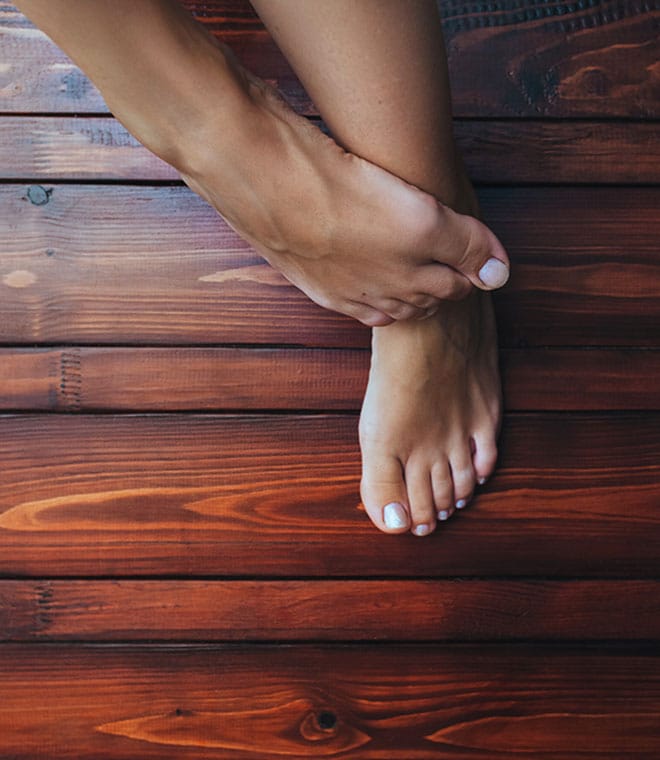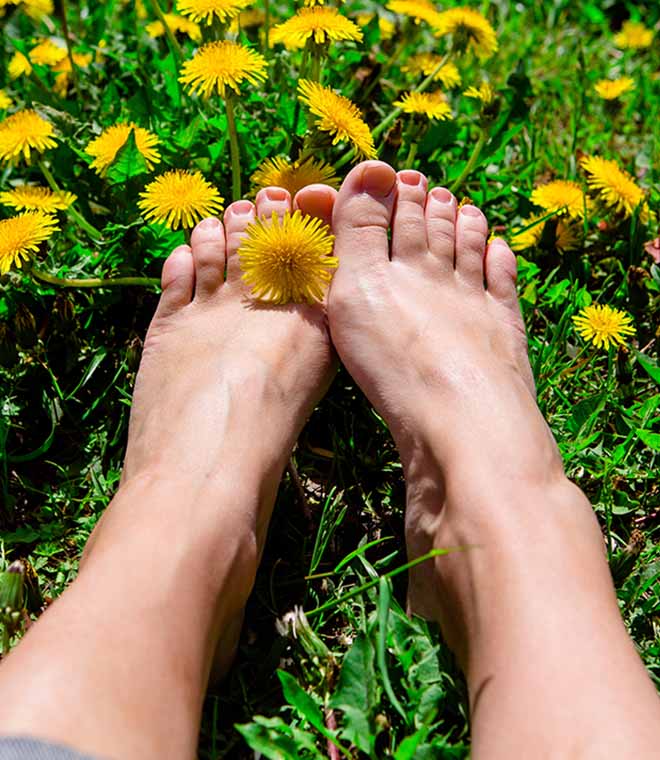Health
How do you get toenail fungus?
By Kathleen Coggshall, MD Oct 22, 2024 • 4 min
Toenail fungus is a common condition that affects many people in the U.S. Part of the reason for its high prevalence among healthy people is that these fungi can survive on surfaces for days or months. Let's find out how you can get—and avoid—this common skin issue.
How does toenail fungus spread?
Toenail fungus generally happens when a susceptible nail comes into contact with one of the fungal organisms that can infect skin and nails. These include dermatophytes, molds or yeast. The dermatophyte Trichophyton rubrum is the most common cause of toenail fungus.
Toenail fungus spreads via direct contact with an infected person, animal or a contaminated surface. Fungi thrive in warm, moist environments, like pool decks and saunas. A barefoot individual could contract the fungus from a contaminated high-traffic surface and then spread it to family or household members who share the same shower or bathtub. Shared nail clippers, towels and socks can also harbor the organisms that cause toenail fungus, so it's important to wash these items regularly to prevent transmission. Toenail fungus can also begin to grow in optimal environments, such as frequently moist or sweaty feet, without contracting it from an infected individual.
Who can get toenail fungus?
Older adults tend to be more likely to get toenail fungus. Several large studies have shown that males are more likely to have toenail fungus than females, depending on the responsible organism. Wearing closed-toe shoes and engaging in certain types of daily activities may play a role. Other risk factors for toenail fungus include athlete's foot, cancer, diabetes, nail injuries or defects, other nail disorders and immunodeficiency. Thickened, broken or dystrophic (deformed) nails can be part of the disease process in psoriasis and other inflammatory disorders that affect the nails. In these cases, fungal organisms can more easily penetrate the nail and cause infection.
While it's rare for children to get toenail fungus, these types of nail infections can occur in people of all ages. Similar to adults, children can get toenail fungus by coming into contact with contaminated surfaces, animals or people.
Do pedicures cause toenail fungus?
Pedicures don't necessarily cause toenail fungus, but fungi and bacteria can spread via contaminated surfaces, such as soaking tubs, nail polish and shared instruments if they are not properly disinfected between use. Disinfection and sterilization protocols play an important role in preventing transmission in this setting.
Recommendations for prevention
Because fungal organisms prefer warm, moist environments, prevention can be a powerful tool. Changing shoes and socks frequently, wearing flips flops or spa shoes when walking around public pools or using public showers, and keeping your feet clean and dry can all help reduce your risk for toenail fungus. If you do contract toenail fungus, contact your healthcare provider to determine the best method of treatment.
Updated by Julie McDaniel, MSN, RN, CRNI, October 2024.



